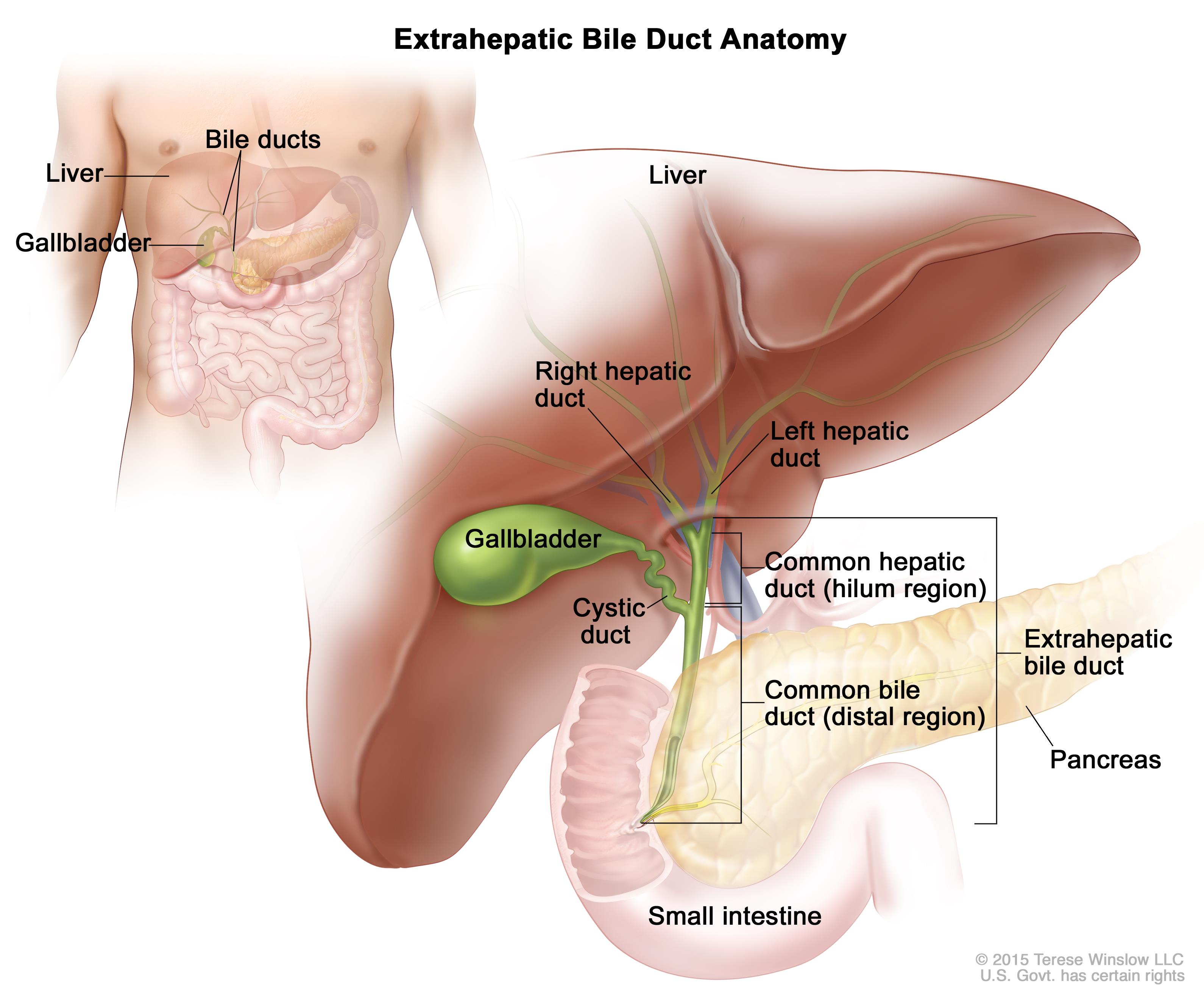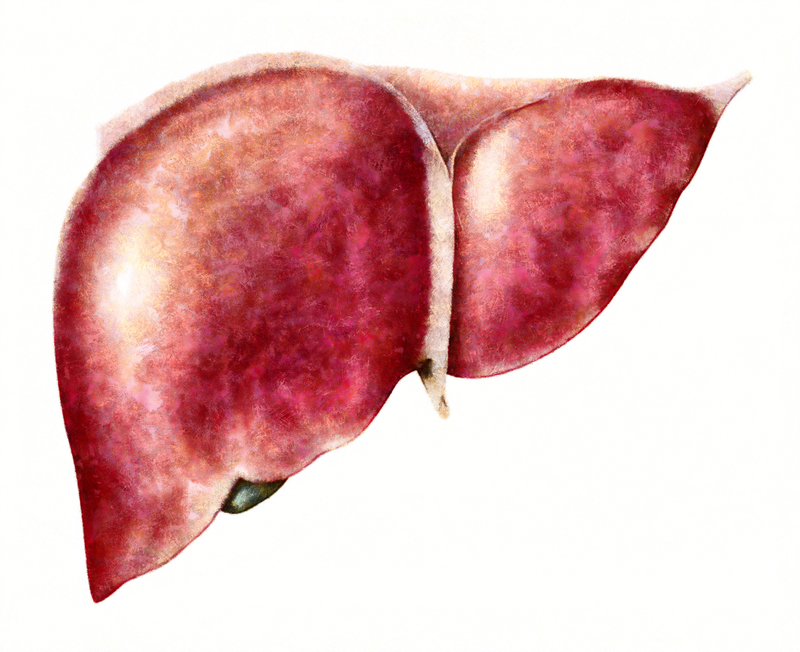Primary Sclerosing Cholangitis And How It Affects Your Liver
Primary sclerosing cholangitis is a long-term disease of the bile ducts, which are needed to carry bile from the liver to the small intestine. Bile is a digestive liquid responsible for digesting fats and the fat-soluble vitamins A, D, E, and K. Bile is made in the liver and travels through the bile ducts to the small intestine and gallbladder. Primary sclerosing cholangitis is similar to primary biliary cirrhosis with a few key differences. Both conditions cause liver damage.
10. What Is Primary Sclerosing Cholangitis?

People with primary sclerosing cholangitis experience blocked bile ducts due to scarring, inflammation or fibrosis, which causes bile to build up in the liver instead of traveling to the small intestine. This buildup of bile causes damage to liver cells, and eventually, cirrhosis of the liver develops. Cirrhosis increases the amount of scar tissue in the liver, which causes the liver to slowly shut down by blocking drainage of the bile ducts and causing infection of the bile.
9. Prognosis

Primary sclerosing cholangitis progresses very slowly over the course of many years before symptoms develop. Symptoms may then remain stable or consistent, they may gradually progress, or they may come and go. According to the American Liver Foundation, liver failure may occur anywhere from ten to fifteen years after diagnosis, and sometimes longer. Because of this, most people with primary sclerosing cholangitis will eventually need a liver transplant. Primary sclerosing cholangitis may also result in bile duct cancer.
